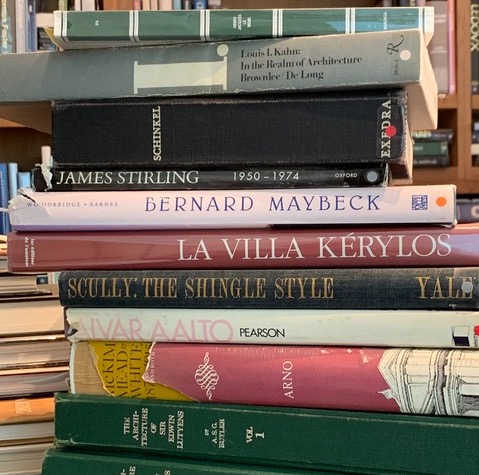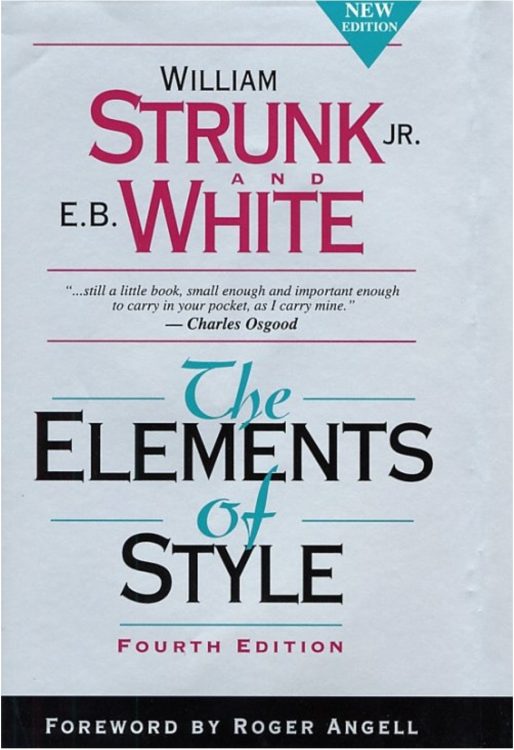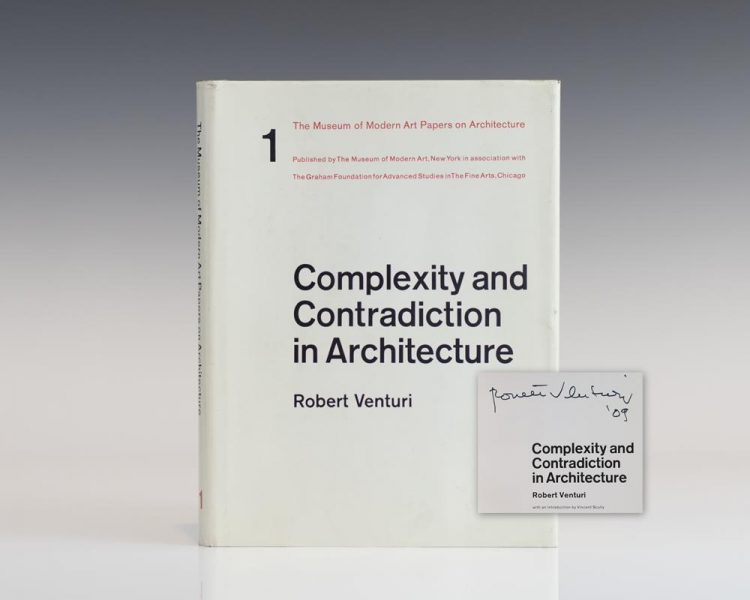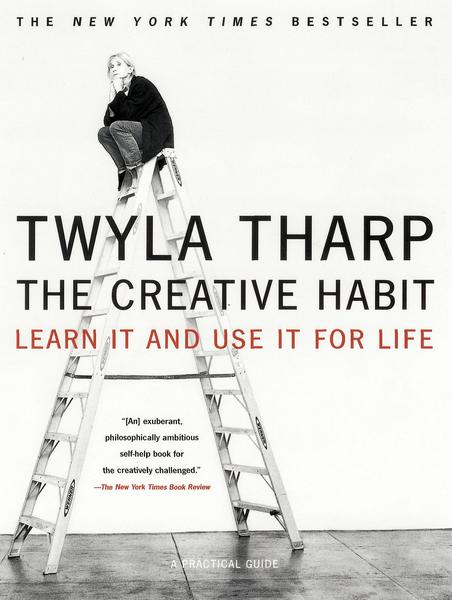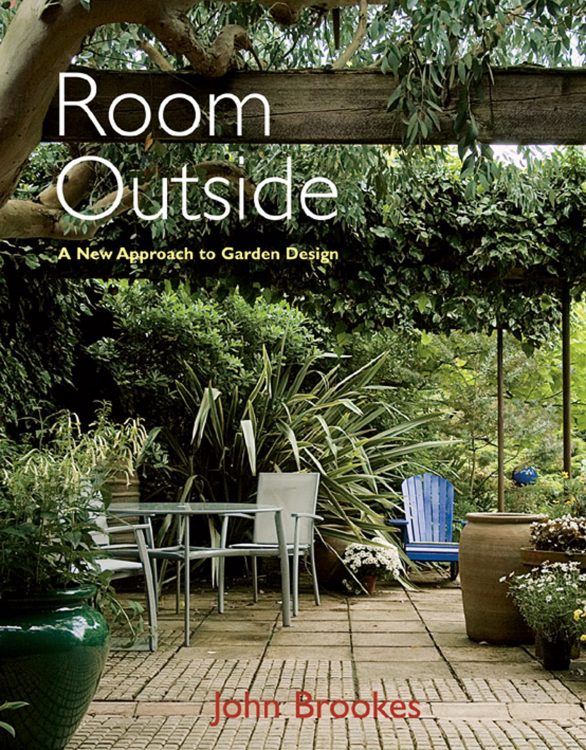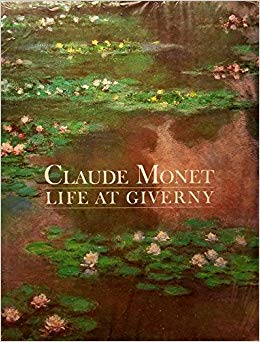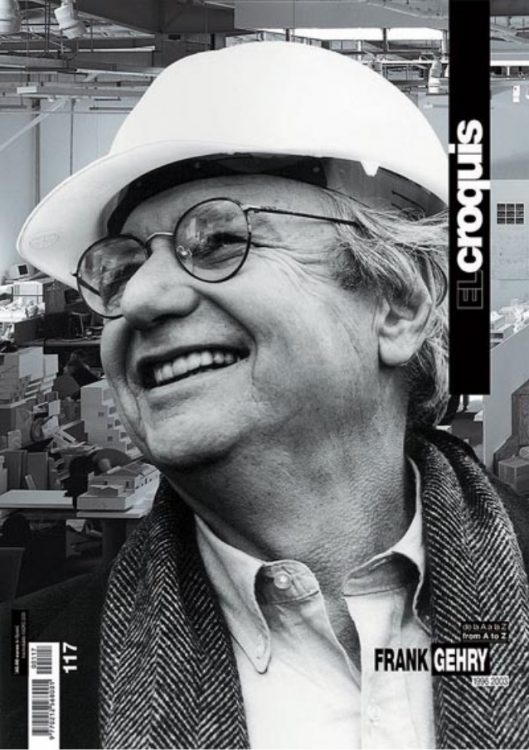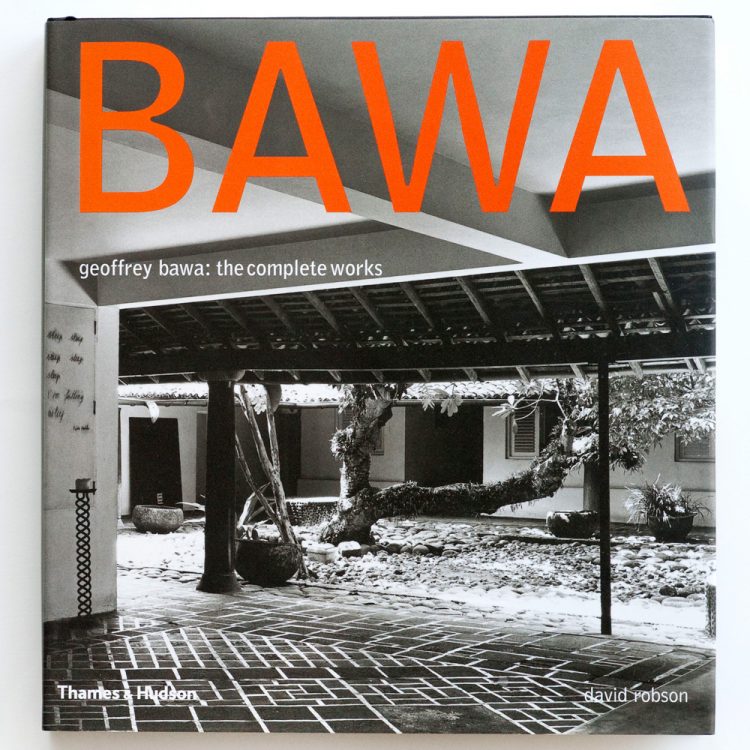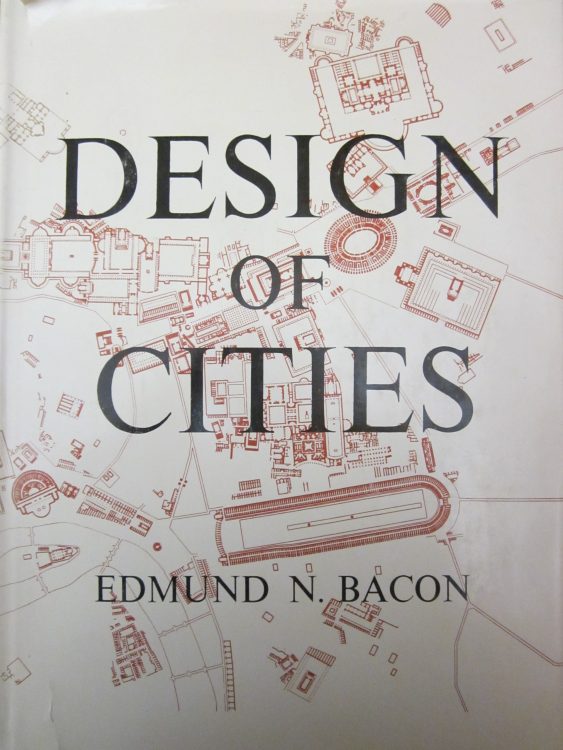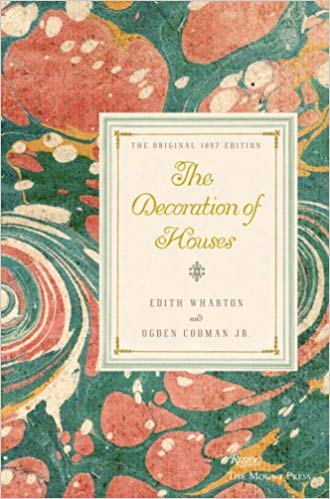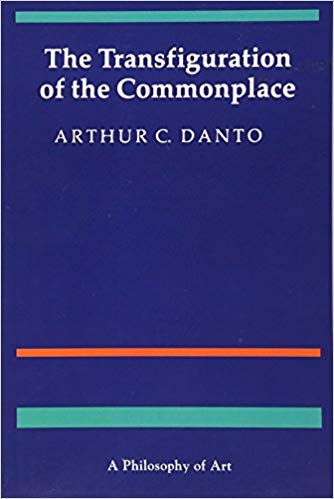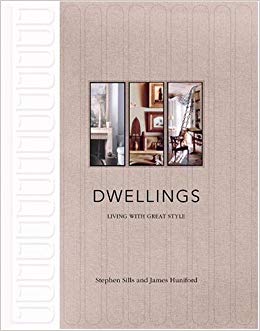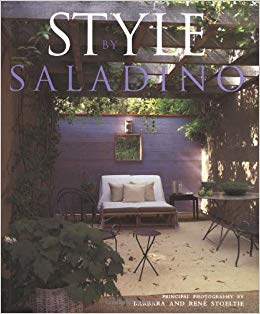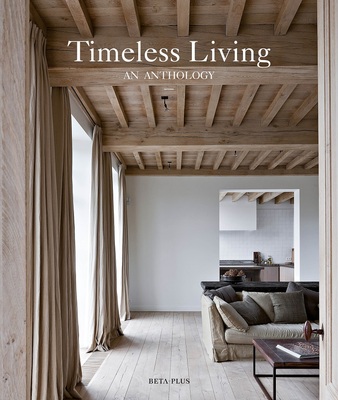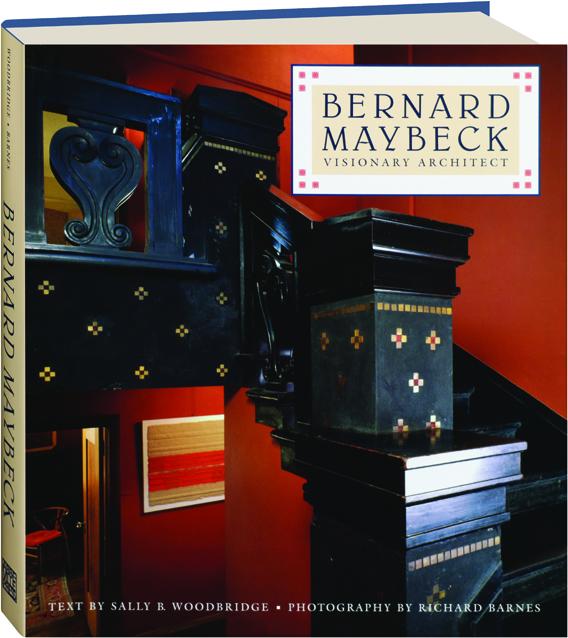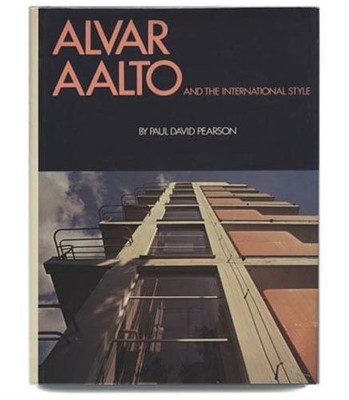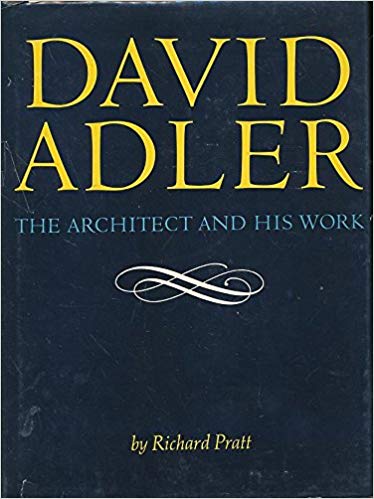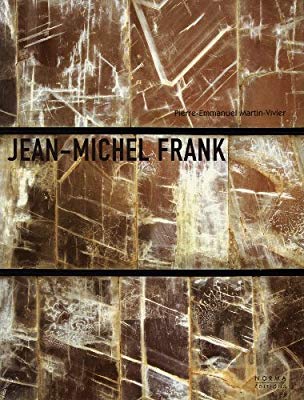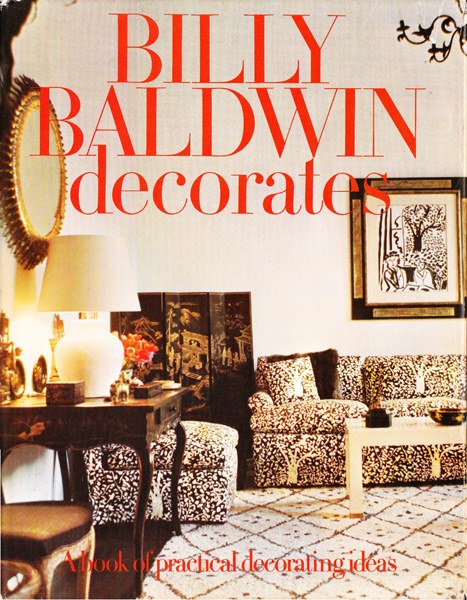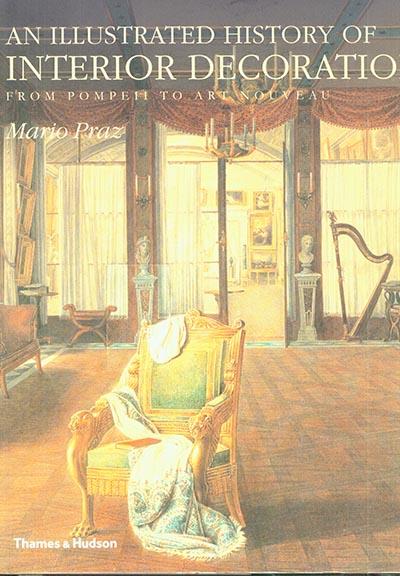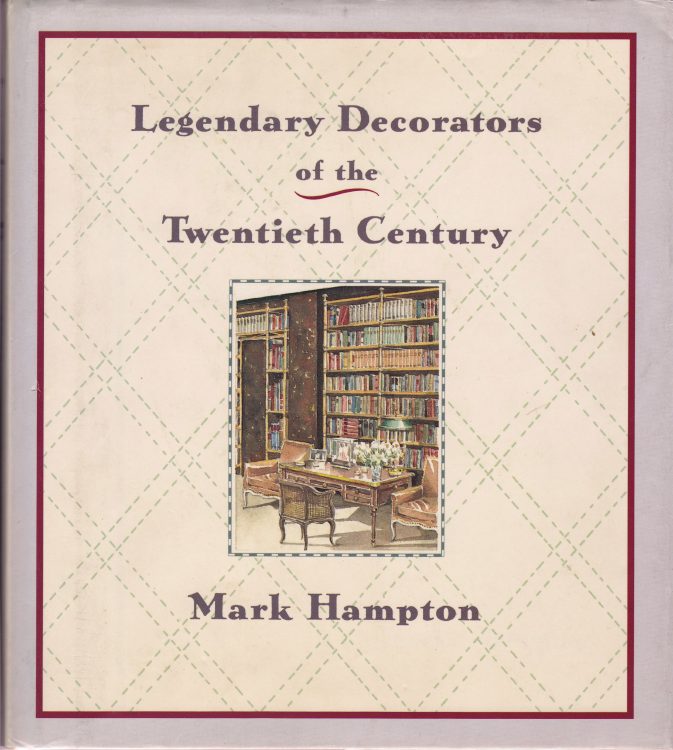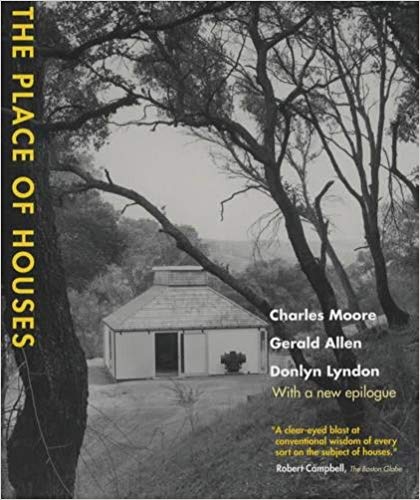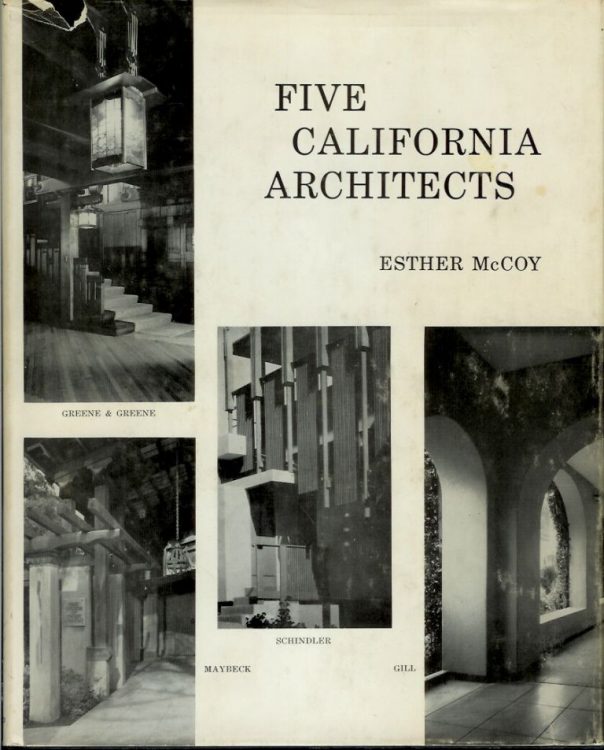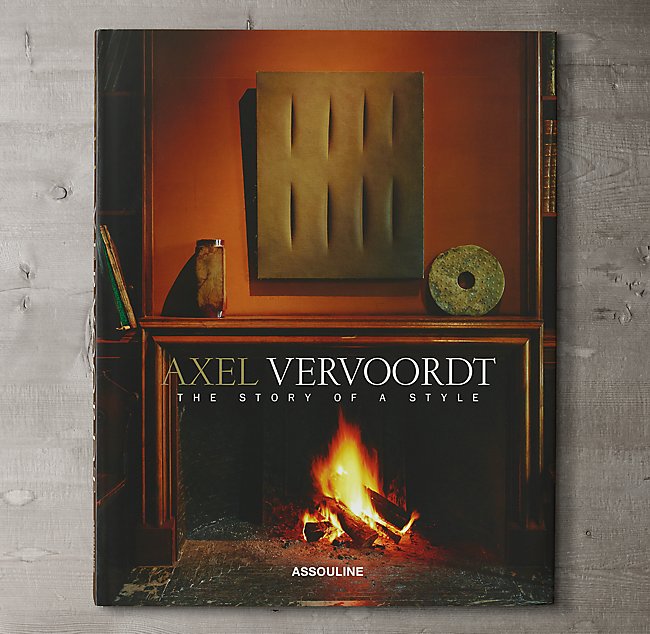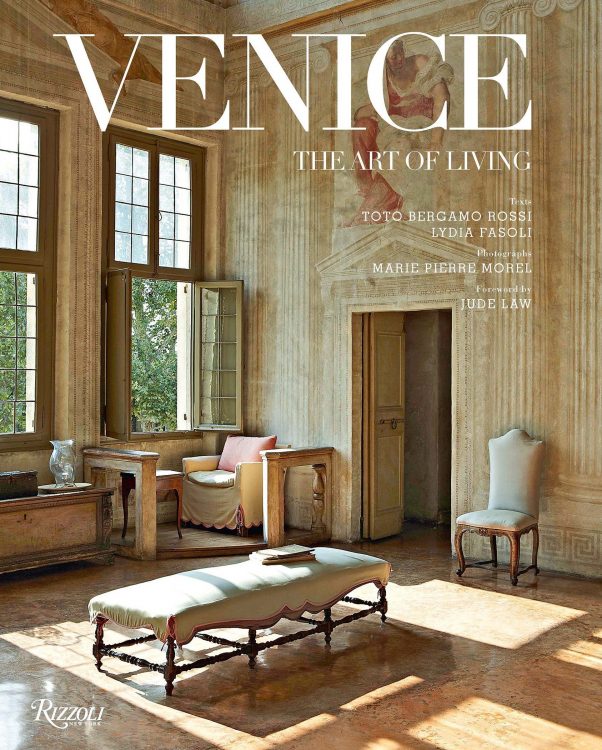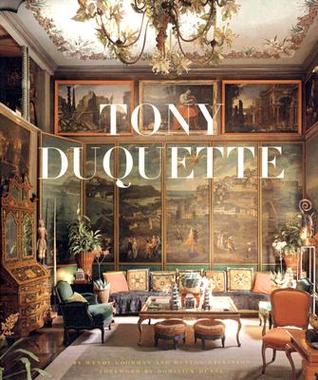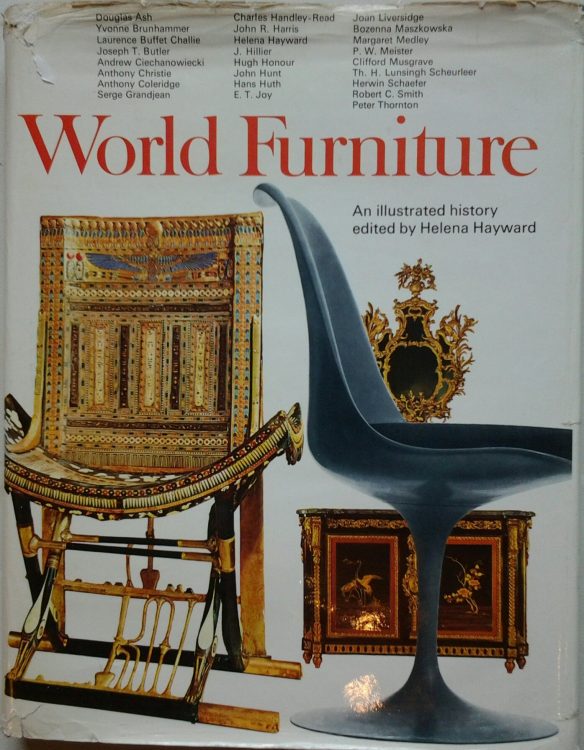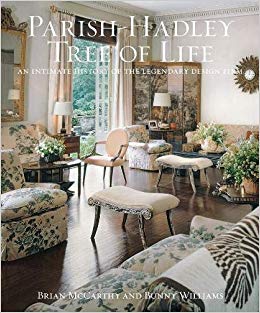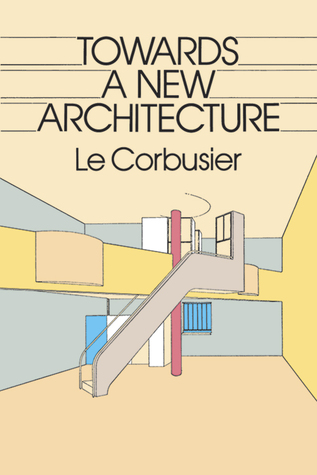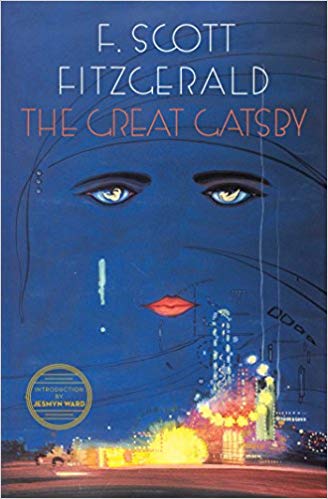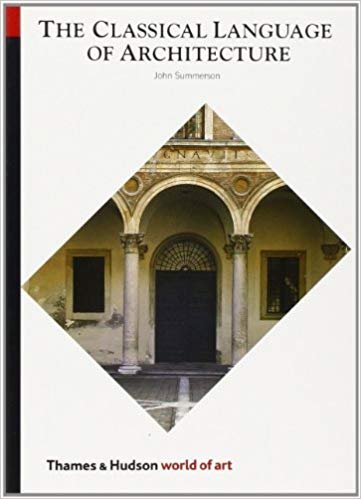Suzanne Tucker
The Decoration of Houses
by Edith Wharton and Ogden Codman Jr. 1897
This book may appear to be old and a bit fuddy-duddy, but it is surprisingly current. Well before she became a Pulitzer Prize- winning novelist, Wharton co-wrote this with her then architect, Ogden Codman, Jr., while remodeling her summer residence in Newport, RI. It became a classic on how to build and decorate houses with nobility, grace, and timelessness (and is still in print today!). If you look beyond the schoolmarmish tone and dated black-and-white photography, you will discover timeless truths and insightful and inspiring advice, such as “Architecture and decoration, having wandered since 1800 in a labyrinth of dubious eclecticism, can be set right only by a close study of the best models.” How true!
World Furniture: An illustrated History
by Helena Hayward, 1969
This was my textbook/bible for a year-long course in The History of Furniture my sophomore year in college. A must-have for any designer—as far as I am concerned this is the furniture bible. A comprehensive survey of furniture of different eras from the major countries of Europe as well as America, the Middle East, India and South East Asia, it is profusely illustrated with drawings and photographs. It’s not just a great learning tool, explaining how everything is intertwined and all the influences on furniture and styles across the ages, but it is still on my go-to shelf as a great reference book.
Billy Baldwin Decorates: A Book of Practical Decorating Ideas
by Billy Baldwin, 1972
Both books by the iconic Billy Baldwin (the other is Billy Baldwin Remembers) are must-haves for every designer, and this one remains a must-read for practical and timeless decorating advice. Comfort and quality were Baldwin’s top tenets, but he considered a space’s “good bones” to be a higher priority: “I’ve always believed that architecture is more important than decoration. Scale and proportion give everlasting satisfaction that cannot be achieved by only icing the cake.” Truer words have never been spoken, and will always be my mantra.
The Private House
by Rose Tarlow, 2001
Rose is a national treasure and those who know, value this book above all others. She was one of the teachers of the UCLA extension interior design program 30 years ago and this is a perfect compilation of her teachings and approach to design. It’s a short read, yet the priceless information contained within is worth more than four years at a design school—unless you are lucky enough to have Rose Tarlow as your professor! And it is filled with fascinating and touching stories of her youth, surprising revelations, and witty clues into what shaped her into the design force she is today.
The Givenchy Style
by Francoise Mohrt, 1998
I seem to refer to this book on a monthly basis, and still swoon every time I crack the pages. It is filled with inspiration from architecture to design, interiors and gardens, color and decorating. The fashion designer’s own personal residences—his chateau outside Paris, his seaside house in Cap Ferrat, and his magnificent townhouse on the venerable Rue de Grenelle in Paris—always share an ease of living, whether casual or grand. His approach to collecting and the placement of furniture and art exhibit an unmatched level of taste and style. Givenchy was the epitome of elegance in every aspect of his life. This book explores the sources of inspiration for him, adding up to a timeless portrait of a brilliant artist who was the very essence of chic.
The Parish-Hadley Tree of Life: An Intimate History of the Legendary Design Firm
by Brian McCarthy & Bunny Williams, 2015
This recent book is filled with great insight, experiences, and wisdom from those who passed through the legendary firm of Parish Hadley. The essays are touching, humorous, and insightful, and filled with sage advice. I gave copies to all 30 of my staff, as it really gives the budding architect or designer a crash course into what it takes to succeed in the high end of the service of design.
Alexander Gorlin
Towards a New Architecture
by Le Corbusier
This polemic is still the most inspiring call to architecture as an expression of one’s time, a primal art that embodies the full range of human needs from shelter to the transcendent level of the cosmos.
The Iliad
by Homer
This blood-and-guts tale from ancient Greece includes multiple references to the landscape and the flat planes surrounding the walled City of Troy. Combined with its description of the “lines of armies rotating on an axis,” they recall the abstractions of Kandinsky’s “Point, Line, and Plane” as a metaphor for the timeless connection between humans and the landscape.
The Great Gatsby
by F. Scott Fitzgerald
After years of reading badly written and obscure architectural theory, the
glittering, transparent prose of “The Great Gatsby” was like a
tremendous breath of fresh air.
After years of reading obscure and badly written architectural theory, The Great Gatsby appeared as a revelation, with its glittering and transparent prose that summoned up worlds of luxury and decadence. And the fabulous mansions and parties that unfold in this tale of outsize egos certainly were an unconscious model for many of the luxury homes that I have designed over the years.
The Book of Ezekiel
The Old Testament
The prophet Ezekiel’s vision of the heavenly Temple in Jerusalem is depicted in intricate architectural detail, from the walls, courtyards, gates, and chambers to the Temple and the Holy of Holies. This fantastic measured survey by an angel “whose appearance was of brass” of a sacred
architectural project was the basis of my thesis at Cooper Union and went on to inspire my many synagogue designs and served as the basis of my book Kabbalah Art and Architecture.
The Classical Language of Architecture
by Sir John Summerson
The scales fell from my eyes after learning about the Five Orders of Architecture, the classical vocabulary that reigned for 2500 years and is so lucidly explained in this book. As I walked around the traditional buildings of Manhattan, the language of classical architecture became for the first time readable, and I saw the basis for the revolution of modern architecture within the context of the orderly past. This lucid book emphasizes that learning is integral to the process of becoming a creator of architecture itself, and that, as Vincent Scully said, “architecture is a dialogue of buildings over time.”
